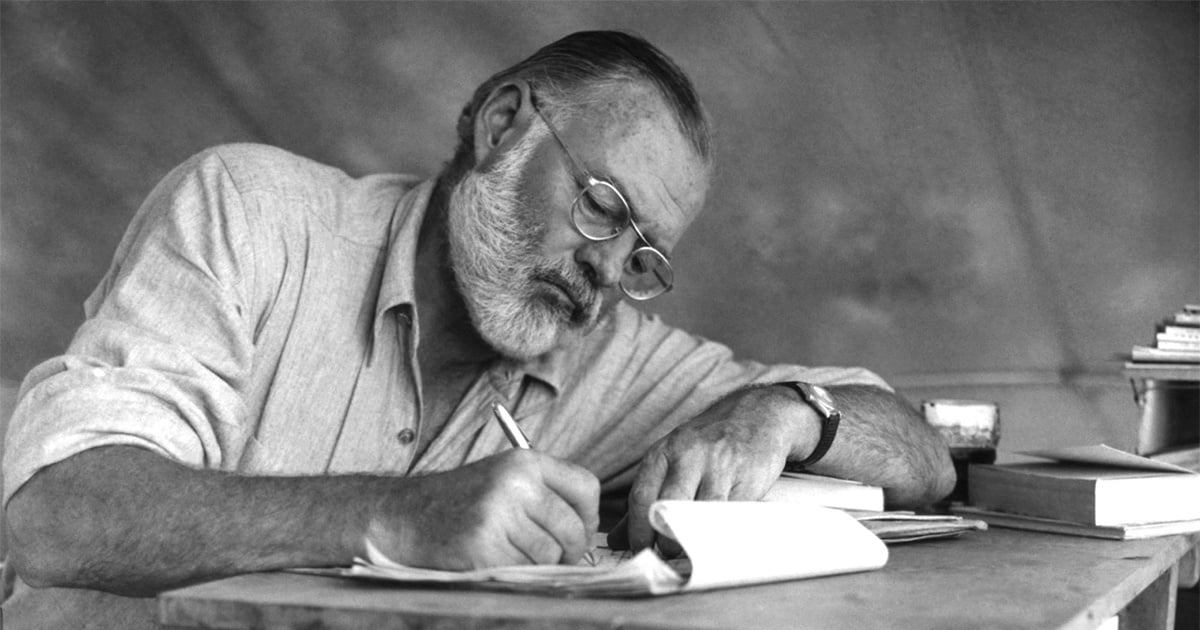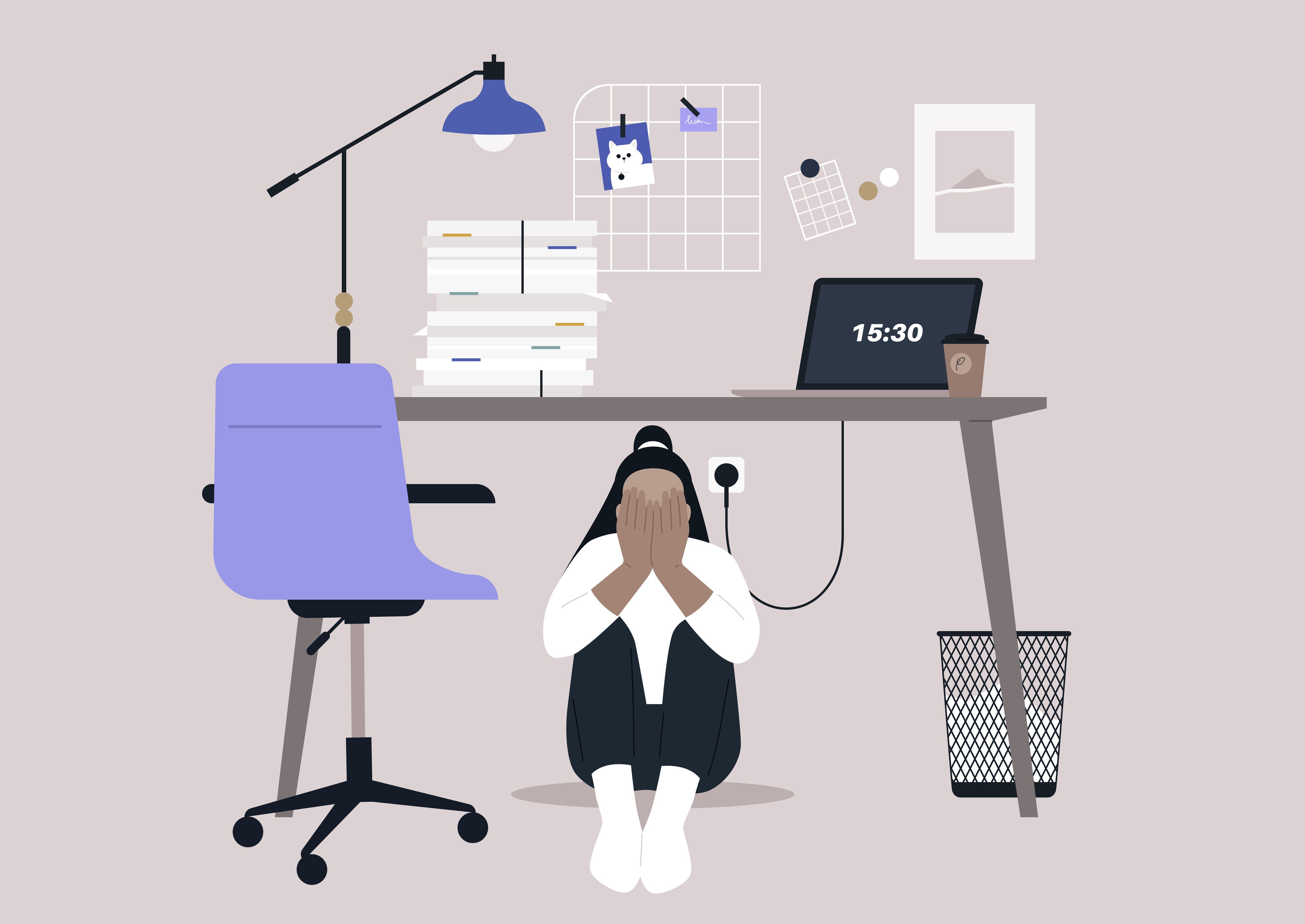Write Your Major Gift Message with Emotion and Heart
Maybe you’ve heard that old adage: information tells, emotion sells. I suggest you print that out and put it in front of you when you’re writing, so...
4 min read
Karen Kendrick : April 6, 2022

Our relationship with our own emotions is powerful. It drives how we respond to stressful situations, our actions, our relationships, and our internal dialogue. Yet many of us are taught to and only allow positive ones in our lives. Functioning from a place of, “I can only express my positive emotions,” limits our ability to function in our complex work environments and creates significant stress in our lives.
I would like to propose an alternative idea I learned years ago from an expert in emotions. Consider this: What if each emotion had a purpose, something it wants to tell us, and it’s there to make our lives better?
If we think about our emotions like a good friend who tells you the truth, even when you sometimes don’t want to hear it, we can sit down and listen to the messages each one wants to bring.
As Brené Brown says in her new book, Atlas of the Heart: “Without understanding how our feelings, thoughts and behaviors work together, it’s almost impossible to find our way back to ourselves and each other. When we don’t understand how our emotions shape our thoughts and decisions, we become disembodied from our own experiences and disconnected from each other.”
Brené goes on to explore 87 emotions in her book because we as humans experience life emotionally, yet we’re so limited in our understanding of what they are and what information and behaviors they bring.
Now, let’s break this down into an example so you can see how this exercise might work. We’ll start with the emotion: frustration. Frustration can be combined with anger sometimes, but at the root of frustration you feel helpless against something that is blocking you. You feel stuck. Its message to you is that the action you are taking isn’t working.
Maybe you’ve been trying to get information from your program staff to share with donors, but you can’t seem to get them to send you stories or photos. You have sent numerous emails to them about this and either they don’t respond or say they will get back to you and never do. As a result, you can’t tell your donors how they are making a difference and can’t be successful.
It might take slowing down and paying attention to identify what emotion you are feeling. Frustration might show up with you complaining a lot, feeling tired, being tight physically (think tight neck or back pain), or hiding out because you feel stuck and fearful about not doing your job well. If this is the case, start by asking yourself:
To bring this all back to emotional awareness, this exercise has shown you that your frustration was trying to tell you, “Hey, what you have been doing isn’t working.” Something was blocking you from moving forward and you need to try something different and maybe get some help from others. You connect with someone you trust to talk through the challenge and ideas flow, new possibilities are identified, and you develop a better relationship with program and take better care of your donors. In this perspective, your frustration wasn’t “bad,” it was actually helpful!
Learning to identify and tune into your emotions is how you can build self-awareness, the first step of building your emotional intelligence (EQ). When you’re self-aware, you understand your emotions and don’t let them rule your world by either causing you to overreact or shut down or avoid. The more you tune into emotions and yourself, the more you’ll grow your intuition and confidence in maneuvering life.
I hope these strategies help you grow your emotional awareness. And I’d love to hear your ideas for how you move through and experience your emotions in a helpful way in the comments!
Karen

Maybe you’ve heard that old adage: information tells, emotion sells. I suggest you print that out and put it in front of you when you’re writing, so...

Here’s a question that keeps repeating in my head: Is the “Great Resignation” going to shake us up and wake us up?

1 min read
No one is coming to save you. No one is going to waltz in your door and take over your life, fix your challenges, get you focused on the right...